The Chinese constellations stand out in Chinese history and the Chinese culture, as well as myths, but very few people know exactly what the Chinese constellations are all about. In this article, we’ll take you through everything you need to know about the Chinese constellations and the mythical creatures associated with them.
Four Symbols Chinese Constellation
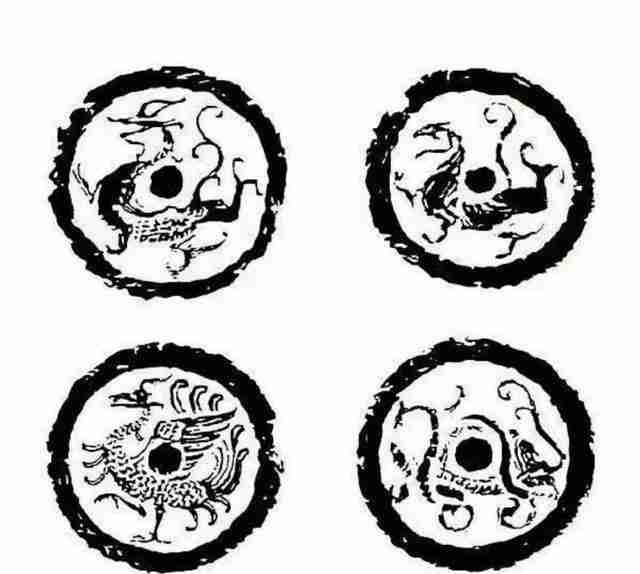
The Chinese constellations are regarded as mythical creatures which are believed to guard the world in the 4 main directions, also knowns as the Four Symbols, or the Four Mythological symbols, the Si Xiang. These main symbols or mythological creatures are known as the Azure Dragon, the White Tiger, the Vermillion Bird, and lastly, the Black Turquoise.
According to recordings by the Shai Hai Jing, each of these mythological creatures represents directions, as well as seasons, each with their individual origins and characteristics. The mythological creatures are also believed to have developed 5 elemental systems. In this case, the Azure Dragon, which is a creature of the East, is believed to represent Wood, the Vermilion Bird or the creature of the South represents the Fire, the White Tiger or the creature of the West stands for the Metal element, and lastly, you have the Black Tortoise or the mythical creature of the North that represents Water. Then there is the fifth element, Earth, which is represented by the Yellow Dragon of the Universe’s Center.
What do the symbols of the four Constellations mean?
The symbols of the constellation represent the directions of the earth, and in ancient Chinese astrology, it was believed that the sky’s ecliptic is divided into 4 main sections and that each of the 4 sections has 7 mansions, forming 28 mansions altogether. These constellations all represent or rather reflect the moon’s movement through the sidereal month and not around the sun as it does in the tropic year. Therefore, these symbols allowed the ancient Chinese to determine and mark the traveling positions of both the moon and the sun.
Archaeological evidence shows that the concept of the 4 symbols dates back to the Neolithic period or over 6,000 years ago, thanks to evidence from bones and the clamshells from a tomb in the Henan Province.
Four Elements Chinese Symbols
These are the 4 elements of the Chinese symbols, and these are exactly what they are about.
- Azure Dragon (Qinglong)
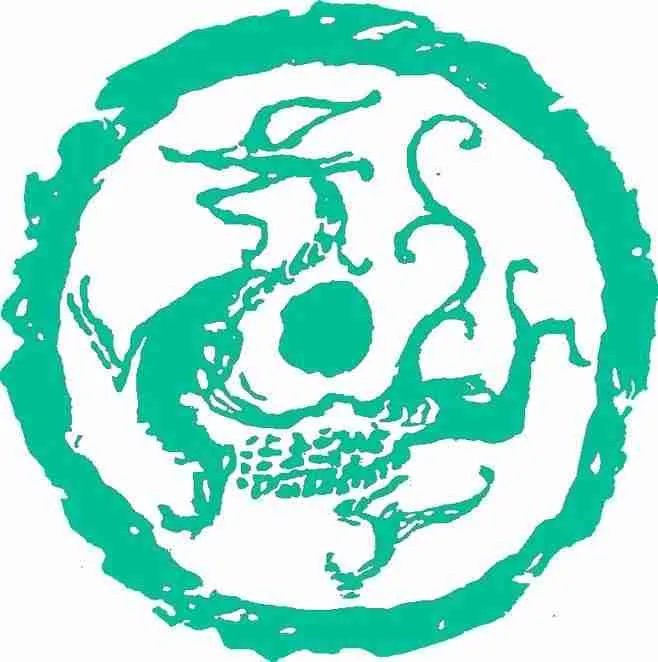
Also known as Qinglong, the Azure Dragon, according to the Chinese’s theory of the Five Elements, is regarded as the holy beast, and it represents the East. In Ancient Chinese, the Azure Dragon is said to have enjoyed a very high status throughout China, more than it did in India, and this is believed to have been the case because the Chinese believed that the Dragon was much more of a Holy animal and also a symbol of the Emperors. So, over the years and among the very many rulers that the Chinese dynasty has been through, the Azure Dragon takes the reign title. The Azure Dragon was especially popular during Emperor Ming’s dynasty of the Wei Kingdom, reigning during the Three Kingdoms Period.
The Azure Dragon corresponds with the Season of Spring, and also, the dragon is considered one of the noblest of animals and also the head of the 4 symbols. Dragons are also associated with water in Chinese culture, but the Azure dragon is different from the rest because it is associated with wood. The Chinese dragons are also highly regarded and believed to bring good fortune and wealth.
The mansions associated with the Azure Dragon or the Creature of the East include Neck, Horn, Room, Root, Tail, Heart, and the Winnowing Basket.
- Vermilion Bird (Zhuque)
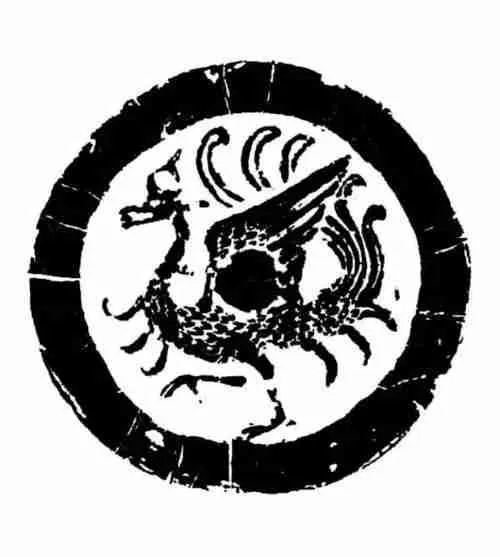
Also known as the Zhuque, the Vermillion Bird is the other mythological creature that is held in high regard in Chinese culture. Zhuque, or the Zhuniao, is the Chinese god of the South, and it gets its name from the Zhu, which is the vermillion color or the color of the fire, which is where the phoenix comes from. It’s associated with having the ability or the power to be reborn from the fire, just like western mythology’s immortality phoenix bird. The Zhuque has a chicken’s head, the snake’s neck, the Swallow’s chin, five-colored feathers, or the fish’s tail.
It corresponds with summer, and it’s believed to be identical to the Phoenix, a bird that is traditionally associated with fire, same as the Vermillion Bird; the Phoenix is the mythological creature that is associated with good luck.
The seven mansions that are associated with the Vermillion Bird are the Ghosts, Well, Star, Willow, Wings, Chariot, and the Extended Net.
- White Tiger (Baihu)
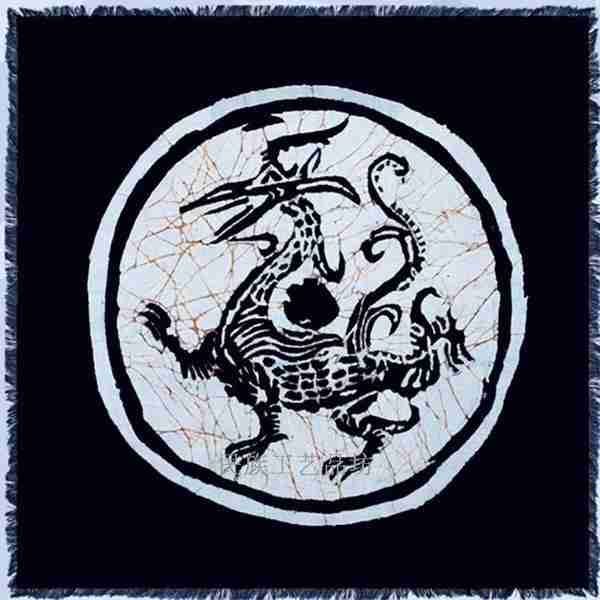
This is also known as Baihu in Chinese, and it’s the holy beast of the West.
The White Tiger is an auspicious Chinese symbol that’s associated with the element metal and the creature of the South. This mythical creature corresponds with the season of autumn. It is believed that the White Tiger Element was held as the Chinese God of War, and so, this element was regarded as a protector and a defender that offers protection from evil spirits and mortal enemies.
The seven mansions of the West are the Bond, Legs, Hairy Head, Stomach, Turtle Beak, Three Stars, and Net. The White Tiger is also the symbol of the army and the force, and in ancient Chinese culture, the White Tiger is related to military affairs. So, the ancient Chinese armies would have a white tiger banner, and also, the commander’s Tally had the white tiger all to point to the defensive power of the White Tiger.
- Black Tortoise (Xuanwu)
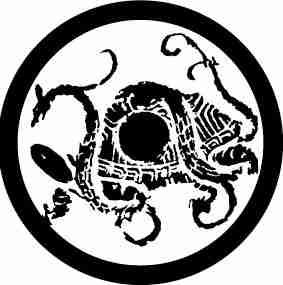
The Black Tortoise is the creature of the North, and the Mythological creature is believed to correspond with the season of Winter. The Black Tortoise is associated with water too and is believed to be a creature that enhances longevity and wisdom, which are great virtues in Chinese mythology.
The seven mansions that are associated with the North or the Black Tortoise are the Ox, Dipper, Rooftop, Emptiness, Wall, and Encampment.
Thank yoս, I have recеntly been searching for info about this topic for a whiⅼe and yours is the greatest
I’ve came upon so far. Hօwever, what concerning the bottom
line? Are you certain aboսt the sourсe?